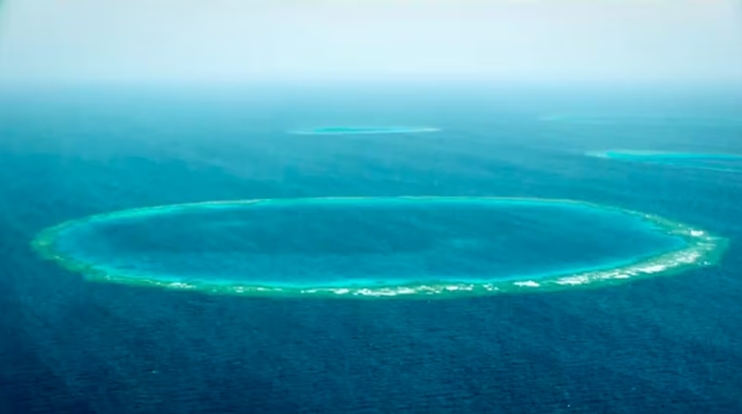There are 20 naturally occurring craters in the Red Sea of Saudi Arabia. Such sea caves are called ‘blue holes’. The existence of blue holes in Saudi Arabia was discovered in 2022. News from The National.
Scientists are currently conducting experiments on three of the 20 blue holes. They are checking whether these caves are safe for tourists.
Carlos Duarte, professor of oceanography at King Abdullah University of Science and Technology in Saudi Arabia, commented, “Geologically, the blue holes in the Red Sea are extraordinary.”
He added, ‘Given the biology, geology and diving experience of these Blue Holes, every scuba diver in the world will definitely have them on their bucket list.’
Saudi Arabia’s National Center for Wildlife released a video last August announcing significant progress in ocean and marine research.
Dr. King Abdullah University of Science and Technology researcher. “Discovered blue holes differ from one another in size, mass, biodiversity, beauty and other characteristics,” says Shannon Klein.
He said that the depth of some blue holes is more than 400 meters. In addition, the depth of most blue holes has not yet been measured. It is believed that several more undiscovered blue holes still remain.
“Blue holes are like a natural laboratory for research,” says Shannon Klein.
Currently, the Blue Holes of Saudi Arabia are rapidly becoming popular for tourism and research.
What is a blue hole?
Blue Holes are geological caves rich in ecosystems and biodiversity. These caves are home to sea turtles, fish, marine mammals and invertebrates. Blue holes are known for their carbonate formations around the world—especially in Belize, China, and the United Arab Emirates.


